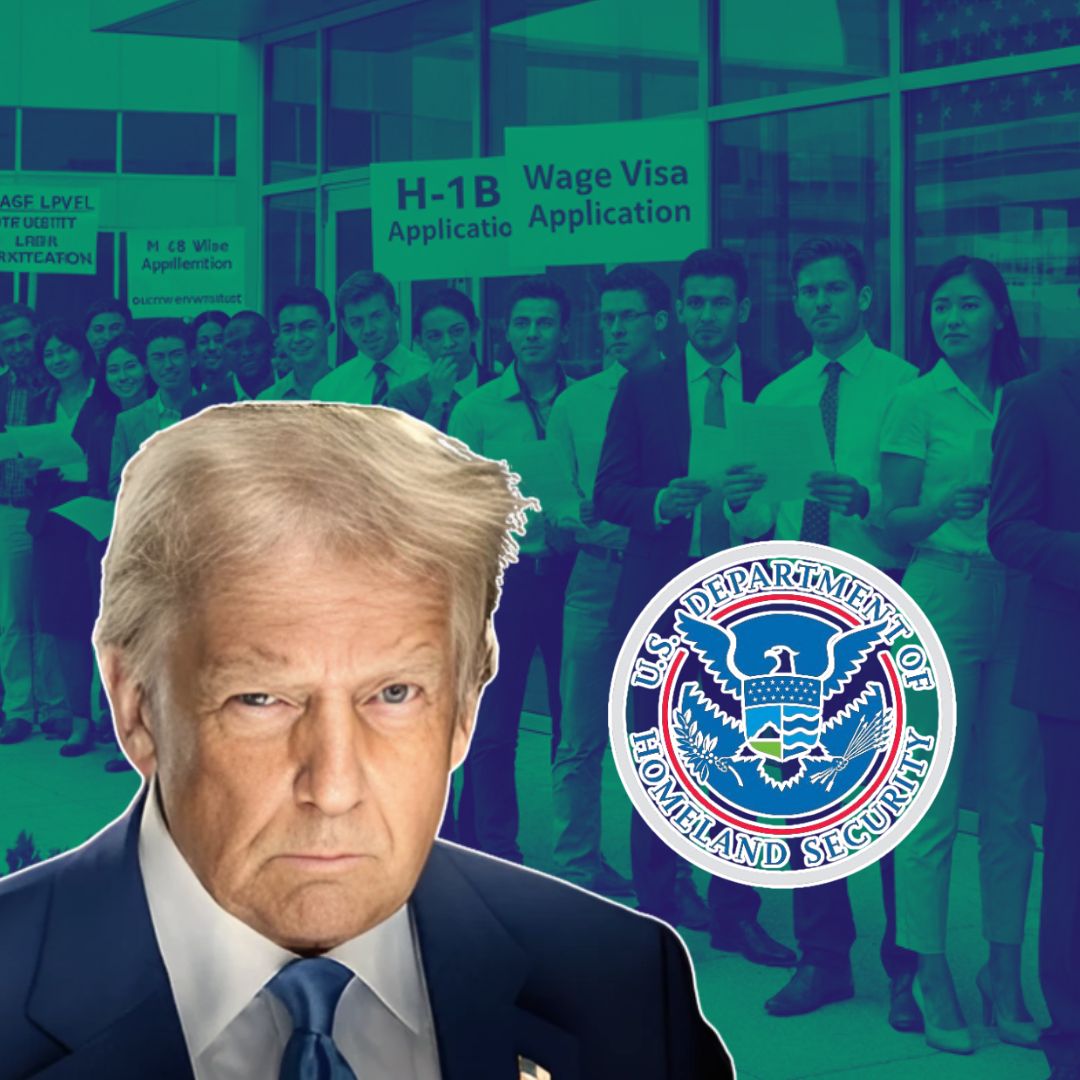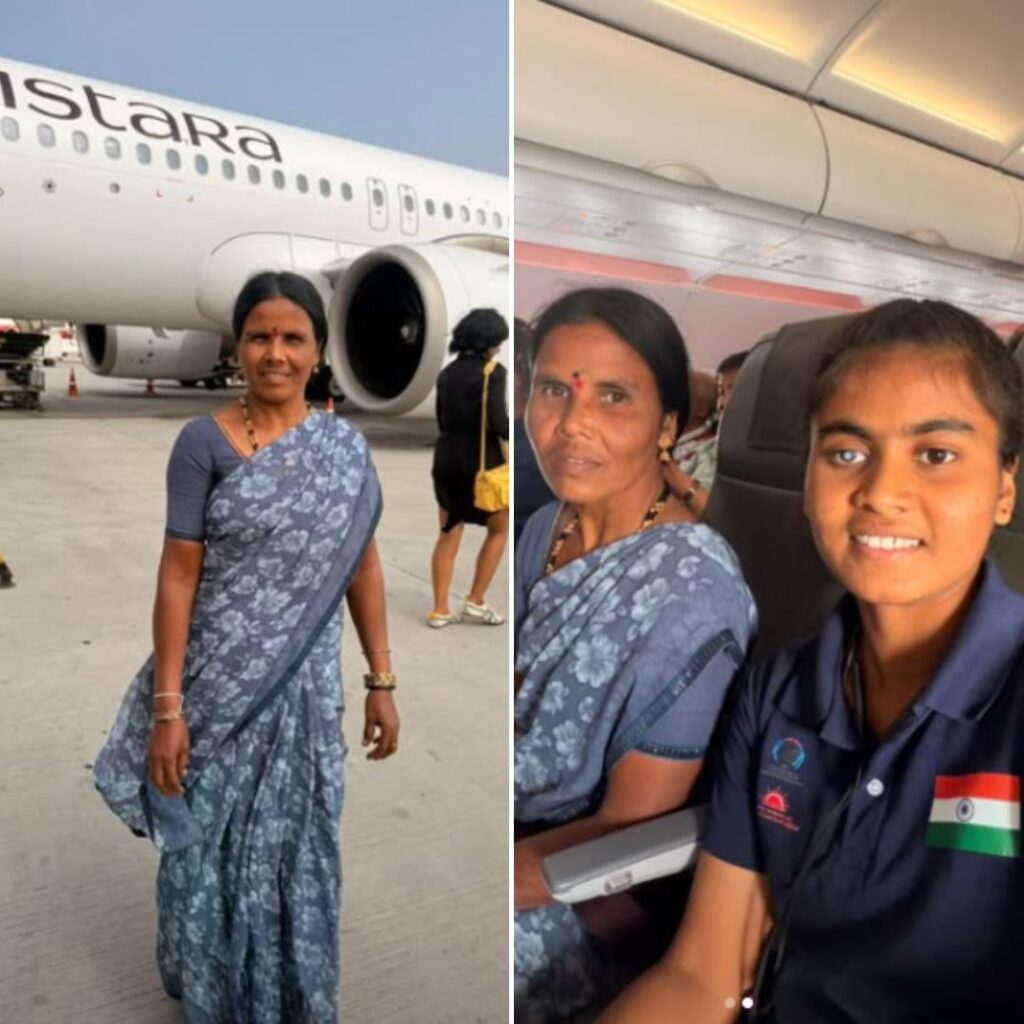The U.S. Department of Homeland Security (DHS) has proposed a new system for the H-1B visa selection process that replaces the current random lottery with a wage-based weighted lottery favouring higher-paid, higher-skilled foreign workers. The four-tier wage system, based on Department of Labor prevailing wage data, will give applicants paid at the highest wage level four entries in the lottery pool, while those paid at the lowest level receive just one.
This reform, expected to begin in the fiscal year 2027 cycle (March 2026), follows the recent imposition of a $100,000 fee on new H-1B applications and aims to prioritise candidates offering greater value to U.S. employers. The proposal has received mixed reactions due to potential impacts on entry-level workers, small businesses, and international students.
The Four-Tier Wage System Explained
Under the proposed rule, H-1B registrations will be categorised into four wage levels according to the Department of Labor’s Occupational Employment and Wage Statistics (OEWS). Each level corresponds to a prevailing wage percentile for specific occupations and geographic areas:
- Level 1: Entry-level wage (lowest tier) – one entry in the lottery
- Level 2: Qualified wage – two entries
- Level 3: Experienced worker wage – three entries
- Level 4: Fully competent or expert wage (highest tier) – four entries
Employers must indicate the appropriate occupational code, wage level, and work location on the candidate’s registration. If an applicant’s offered wage corresponds to Level 4, they are entered into the H-1B lottery pool four times, increasing their chances of selection. Conversely, Level 1 wages give only one entry, reducing selection odds significantly.
The wage levels vary by occupation and location; for example, a Level 4 salary for a software developer in San Francisco is significantly higher than in a less expensive region.
🚨 HUGE Immigration News: new H-1B proposed rule will weight by wage!
— Deedy (@deedydas) September 23, 2025
Based on your job code and location, your base salary percentile will slot you into one of 4 groups in descending order: IV > III > II > I. Level IV gets 4x tickets in the lottery, III gets 3x and so on.… pic.twitter.com/1GCJHI3Pw5
Impact on Employers and Applicants
This weighted system aims to “incentivise employers to offer higher wages and petition for higher skilled workers,” according to DHS officials. The goal is to protect American wage standards and prioritise workers who contribute greater economic value.
However, the change could disproportionately impact entry-level employees, recent graduates, international students, and small business employers who often cannot compete with tech giants on salary offers. Smaller firms hiring wage Level 1 or 2 employees might find their chance of securing H-1B visas drastically diminished, raising concerns about diversity and workforce opportunity.
Accompanying the proposed selection adjustments is the $100,000 fee on new H-1B petitions introduced by President Trump, adding financial strain to both applicants and smaller employers. This fee does not apply to renewals or existing visa holders, but raises the stakes for first-time applicants.
Background and Forward Look
These proposals are part of a broader effort by the current administration to reform immigration policies perceived to favour lower-paid foreign workers at the expense of American wages and job opportunities. While the weighted lottery system still maintains some access for workers at all wage levels, it reflects a clear shift toward rewarding higher compensation.
The changes remain subject to a 30-day public comment period and federal rulemaking, with final implementation likely for the Fiscal Year 2027 H-1B cycle starting March 2026. Industry observers note potential legal challenges and ongoing debates about balancing economic protectionism with global talent mobility.
The Logical Indian’s Perspective
The Logical Indian views this regulatory shift in H-1B policy as a double-edged sword. While raising wages and prioritising skills align with protecting local workers, the sudden hike in financial and selection barriers threatens to exclude promising global talent, international graduates, and smaller innovators who enrich the U.S. workforce and economy.
A truly balanced immigration reform should foster inclusivity and opportunity while guarding fair labour practices.
The new Trump H-1B rule just dropped!
— Jeremy Neufeld (@JeremyLNeufeld) September 23, 2025
It prioritizes DOL "Wage Levels," not real wages. DOL thinks an experienced acupuncturist making $40k is a higher "Wage Level" than an early-career AI scientist making $280k.
That means more visas for outsourcers, fewer for real talent. https://t.co/LpEoG8n1U7 pic.twitter.com/85s2zioJrT











